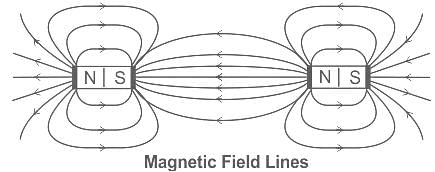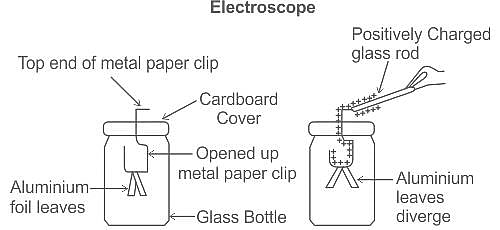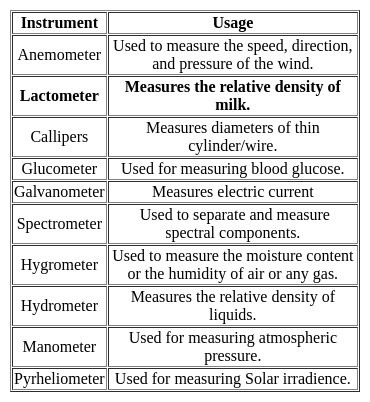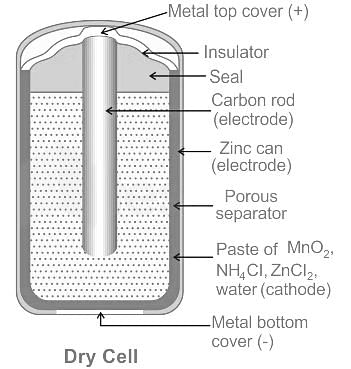Software Development Exam > Software Development Tests > Test: Electricity & Magnetism - Software Development MCQ
Test: Electricity & Magnetism - Software Development MCQ
Test Description
10 Questions MCQ Test - Test: Electricity & Magnetism
Test: Electricity & Magnetism for Software Development 2025 is part of Software Development preparation. The Test: Electricity & Magnetism questions and answers have been prepared
according to the Software Development exam syllabus.The Test: Electricity & Magnetism MCQs are made for Software Development 2025 Exam.
Find important definitions, questions, notes, meanings, examples, exercises, MCQs and online tests for Test: Electricity & Magnetism below.
Solutions of Test: Electricity & Magnetism questions in English are available as part of our course for Software Development & Test: Electricity & Magnetism solutions in
Hindi for Software Development course.
Download more important topics, notes, lectures and mock test series for Software Development Exam by signing up for free. Attempt Test: Electricity & Magnetism | 10 questions in 12 minutes | Mock test for Software Development preparation | Free important questions MCQ to study for Software Development Exam | Download free PDF with solutions
Detailed Solution for Test: Electricity & Magnetism - Question 1
Test: Electricity & Magnetism - Question 2
An instrument called the ______ measures the electric current in a circuit.
Detailed Solution for Test: Electricity & Magnetism - Question 2
Test: Electricity & Magnetism - Question 3
Which of the following is/are true regarding magnetic field?
Detailed Solution for Test: Electricity & Magnetism - Question 3
Detailed Solution for Test: Electricity & Magnetism - Question 4
Test: Electricity & Magnetism - Question 5
The instrument used for measuring the Purity/ Density or richness of Milk is
Detailed Solution for Test: Electricity & Magnetism - Question 5
Test: Electricity & Magnetism - Question 6
______ is an instrument for measuring the relative humidity of the atmosphere.
Detailed Solution for Test: Electricity & Magnetism - Question 6
Detailed Solution for Test: Electricity & Magnetism - Question 7
Test: Electricity & Magnetism - Question 8
A battery converts _____ energy to electrical energy.
Detailed Solution for Test: Electricity & Magnetism - Question 8
Detailed Solution for Test: Electricity & Magnetism - Question 9
Detailed Solution for Test: Electricity & Magnetism - Question 10
Information about Test: Electricity & Magnetism Page
In this test you can find the Exam questions for Test: Electricity & Magnetism solved & explained in the simplest way possible.
Besides giving Questions and answers for Test: Electricity & Magnetism, EduRev gives you an ample number of Online tests for practice
Download as PDF























